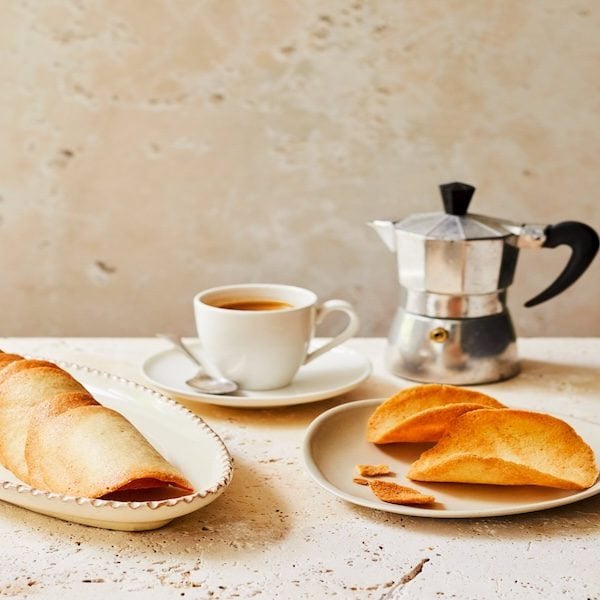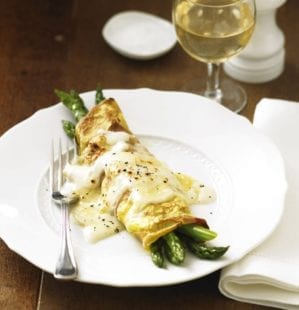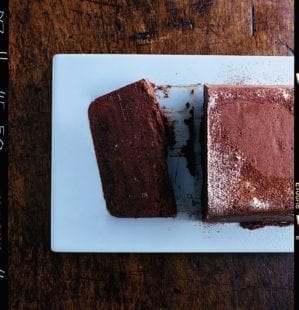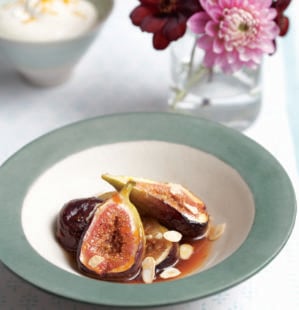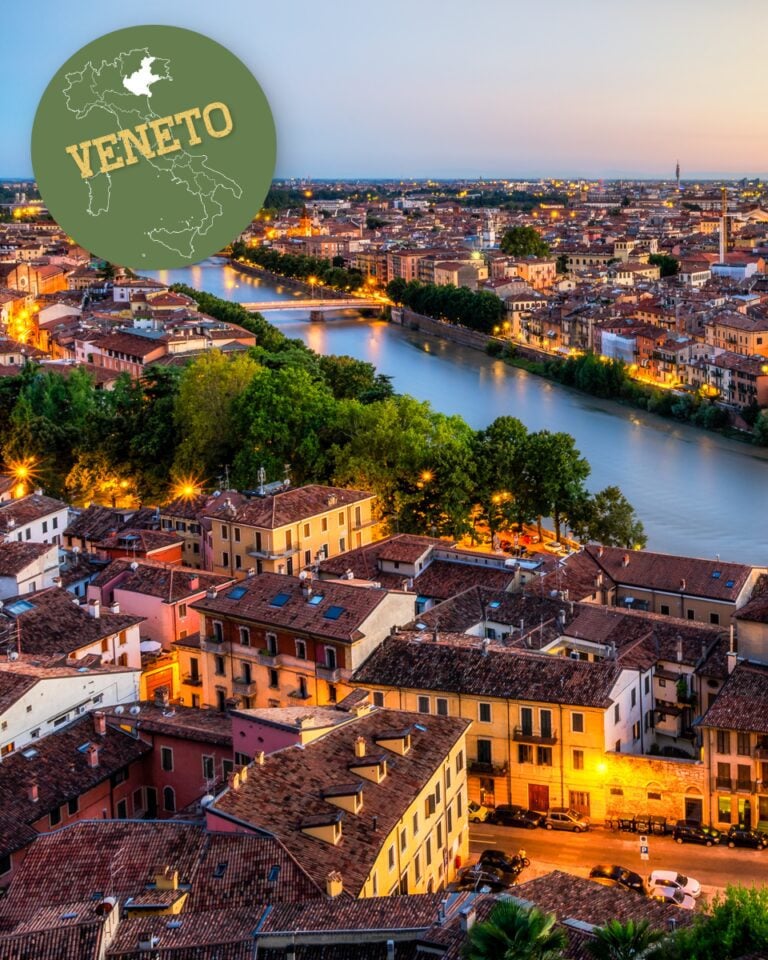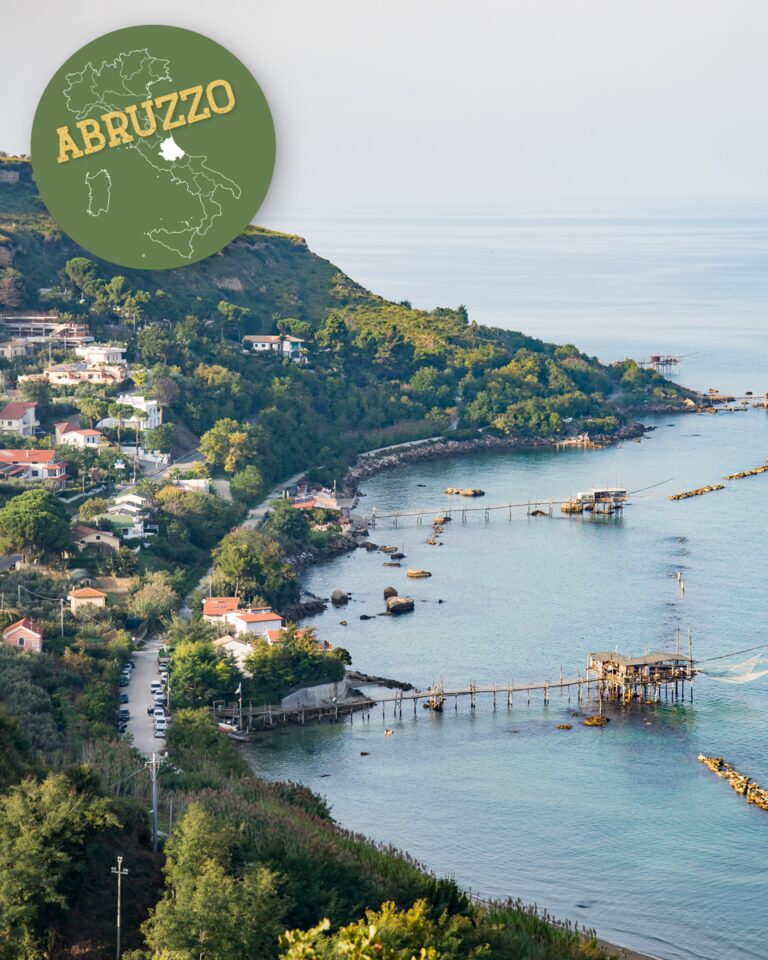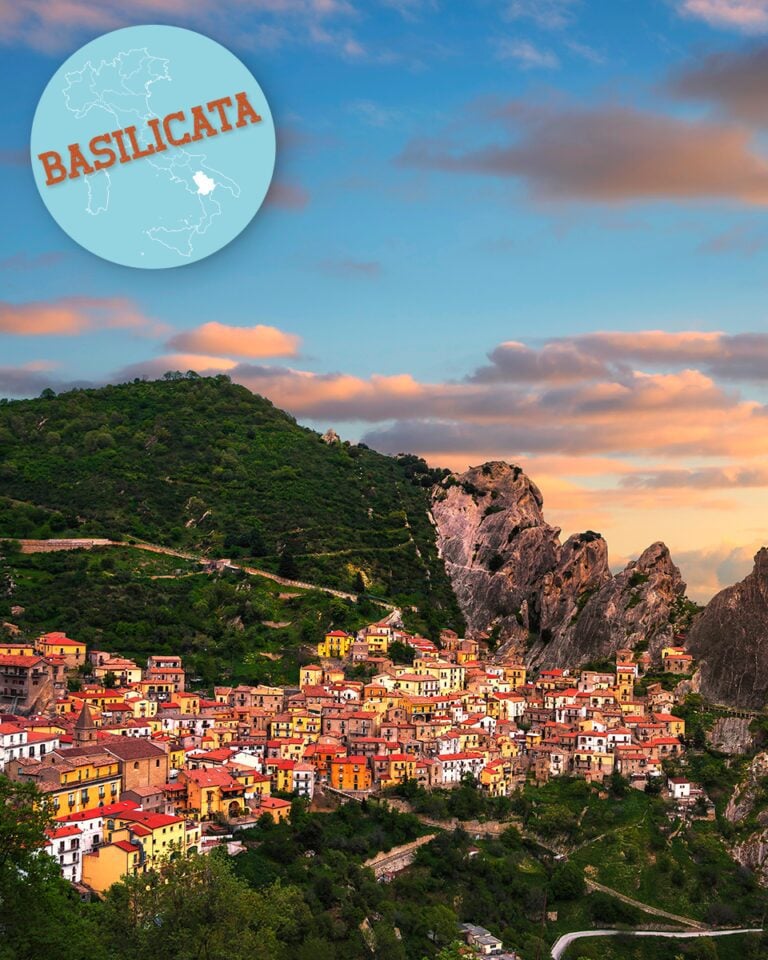Your essential food guide to Valle d’Aosta
Discover the food, drink and dishes Valle d’Aosta is best known for with our food lover’s guide to the region. We explore which cheeses and wines come from Valle d’Aosta, along with plenty of other foods typical of the area and cuisine.
While skiing remains the major reason to visit the Aosta Valley, it has a surprisingly rich food scene – especially as there are less than 150,000 people living in the entire region. Being up in the mountains, robust, hearty dishes are the main attraction. This isn’t a place you’ll find tomatoes and basil: warming beef stews, polenta, butter, cheese and nuts make up the majority of traditional Aostan dishes.
Scroll on (or use the menu below) for a taste of everything that makes the food of Valle d’Aosta so special.
Take a food lover’s tour of all 20 Italian regions with delicious. No flights necessary!
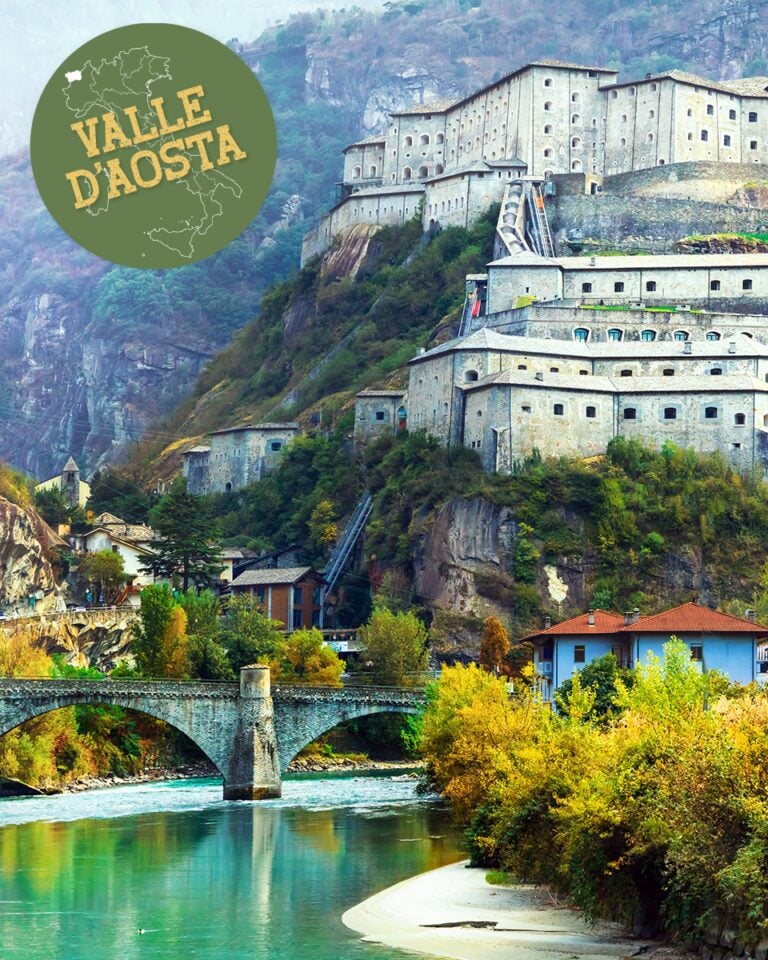
- The must-make recipe from Valle d’Aosta
- What are the traditional ingredients in Valle d’Aosta?
- What are the famous dishes from Valle d’Aosta?
- The best cheeses to try from Valle d’Aosta?
- The best wines to try from Valle d’Aosta
- The delicious. team’s top food experiences in Valle d’Aosta
Get to know the food of Valle d’Aosta
This remote alpine valley is Italy’s smallest region – but it punches well above its weight when it comes to food and drink. Nestled amongst snow-capped mountains, with over 70 majestic castles and a smattering of borghi (historic villages) dotting the rugged landscape, Valle d’Aosta shares a border with both France and Switzerland, which naturally influences the local culture and cuisine.
Dairy is hugely important here (as you’ll see in the region’s dishes!), with fontina cheese far and away the region’s most important food product. The majority of farmland is taken up by cattle, which leaves little room for vegetables, but orchards produce incredible apples and pears and the valley’s many chestnut, hazelnut and walnut trees find their way into many a dish. Traditionally the transport links into the region were cumbersome at best, which meant locals made use of what was available locally – with plenty of preserving to get them through the cold winter months.
Our hero recipe from Valle D’Aosta
Tegole (Italian almond and hazelnut biscuits)
These concave biscuits are named after their shape – tegole means ‘tiles’, as they resemble roof shingles. They’re a tasty, nutty treat from the Italian Alps and go perfectly with an espresso.
Make tegole (Italian almond and hazelnut biscuits)
What are the traditional ingredients in Valle d’Aosta?
- Salumi Juniper is a common flavouring in the local charcuterie, of which the most famous is jambon de bosses, a cured ham. There’s also lard d’Arnad, a local lardo (cured pork fat) which is often finely sliced and draped over warm dishes so it melts, and teuteun – cured and sliced cow’s udder – which certainly falls into the more unusual of Italian delicacies!
- Honey Wildflower mountain honeys from the region are famed for their complexity, with the hives transported up into the peaks during the spring and summer, then brought back down again as the autumn draws near.
- Meat Beef is the most common meat in Valle d’Aosta, often made into carbonade (a red wine stew served over polenta), but venison and chamois (mountain goat) are prized too.
- Fish With no coastline, you’d be forgiven for thinking the Aosta Valley isn’t somewhere you’d go to for fish, but the local freshwater trout is highly prized. Caught in the crystal-clear mountain streams, it’s often cured and smoked, flavoured with Alpine herbs.
- Chestnuts The town of Lillianes is famous for its chestnuts, holding a festival every October for the harvest. They’re often served sweet in syrups flavoured with grappa and honey.
- Bread Pan ner (‘black bread’) is the loaf of choice in the region, made using rye flour and often flavoured with caraway and fennel seeds. Traditionally it was baked to last the winter, turning dry and hard, then dipped in hot milk or broths to soften it.
The town of Lillianes is famous for its chestnuts, holding a festival every October for the harvest
What are the famous dishes from Valle D’Aosta?
- Fonduta The Italian answer to fondue, fonduta is – if you can believe it – even cheesier than its more well-known Swiss counterpart. Made with little more than fontina cheese, milk, butter and eggs, it’s thick, rich and possibly the best thing you can dip bread into.
- Tegole These light, tuile-like biscuits are made with the region’s hazelnuts (and often almonds) and served with coffee or whipped cream as a dessert.
- Crespelle alla valdostana Savoury crepes are filled with fontina cheese, ham and mushrooms, then baked in a cheesy bechamel sauce.
- Polenta concia Polenta is the carb of choice up in the mountains, and this version, also known as polenta grassa (fat), certainly doesn’t hold back with the dairy. Once the polenta is cooked in water, a generous splash of milk and heaps of fontina cheese are beaten into it, before melted butter is poured over the top.
- Zuppa alla valdostana No doubt taking a few cues from French onion soup, this is a seriously hearty dish of cabbage braised in buttery beef stock. It’s then topped with slices of bread and (you guessed it) fontina cheese, which is finished off under the grill. It’s usually so thick that you eat it with a fork, so it’s more like a stew than a soup.
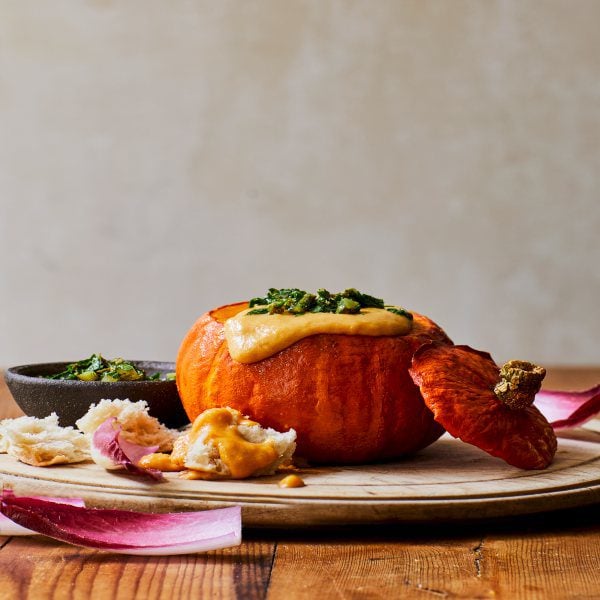
The best cheeses to try from Valle d’Aosta
It really is all about fontina in the Aosta Valley. Produced since the 12th century, it’s one of the finest Alpine cheeses in existence with incredible melting qualities. Its smaller production means it’s harder to find outside Italy than the likes of gruyère and comté, so if you see some, snap it up. Keep an eye out for toma, too, which is another mountain cheese similar to France’s tomme.
The best wines to try from Valle d’Aosta
Local winemakers don’t let the mountainous terrain stop them from producing some pretty special wines, with terraced vineyards scaling the steep slopes. Production is small, but the heavy French influence makes for some incredible bottles, both white and red. The local terroir naturally gives many of the white wines a stony, mineral flavour, and the reds are complex and unique thanks to the local climate. Grappa – a brandy made from the grape remains of winemaking – is also very popular locally, as is génépi, a group of herbal liqueurs flavoured with Alpine herbs.
The delicious. team’s top food experiences in Valle d’Aosta
 Laura Rowe, Editorial director
Laura Rowe, Editorial director
“I went skiing here in Gressoney and had to take snow ploughs to get to restaurants up the mountain in the evening – ALL the bombardinos (an egg liqueur and brandy Italian ski cocktail), burrata-topped pizzas and pasta in the snow.”
Subscribe to our magazine
Food stories, skills and tested recipes, straight to your door... Enjoy 5 issues for just £5 with our special introductory offer.
Subscribe
Unleash your inner chef
Looking for inspiration? Receive the latest recipes with our newsletter
